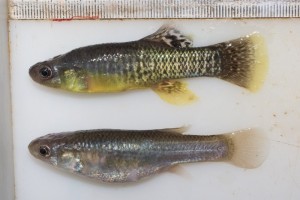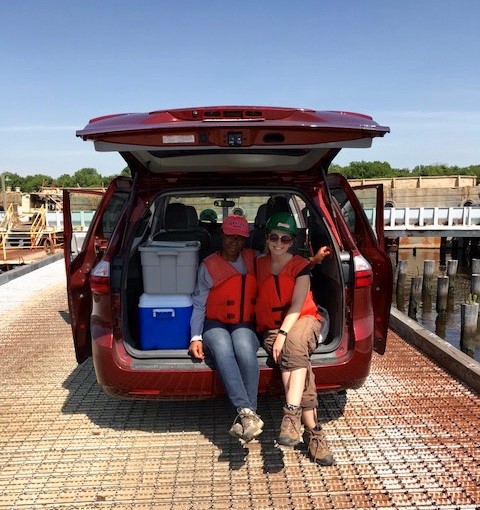
Earlier this week, we featured some recent research findings related to chemical exposures and the developing brain. Today, we’re sharing another publication, but this one is all about understanding how Atlantic killifish are able to pass on resistance to the toxic effects of PAH exposure to future generations.
Clark, B.W.; Bone, A.J.; Di Giulio, R.T. (2013). Resistance to teratogenesis by F1 and F2 embryos of PAH-adapted Fundulus heteroclitus is strongly inherited despite reduced recalcitrance of the AHR pathway. Springer Berlin Heidelber.
Researchers collected Atlantic killifish (Fundulus heteroclitus) from the Atlantic Wood Industries Superfund site on the Elizabeth River, VA, which are known for their ability to resist the effects of acute exposure (primarily, cardiac teratogenesis) to polycyclic aromatic hydrocarbons (PAHs). The resistance exhibited is attributed to the downregulation of the AhR pathway, which plays a role in the toxicity of many aryl hydrocarbons, including some PAHs, and the associated recalcitrance to induction of cytochrome P450 (CYP) metabolism enzymes. The purpose of this study was to determine the heritability of resistance to the acute toxicity of PAHs, because previous studies yielded varied results with regards to heritability. However, the current study determined that both Atlantic Wood F1 and F2 generations were highly resistant to cardiac teratogenesis caused by aryl hydrocarbons. The F2 population, however, lost some of its resistance to the induction of CYP mRNA expression compared to that displayed by the F1 population. Because some components of the contaminant resistance were not fully inherited, this study suggests that multiple mechanisms are responsible for resistance to cardiac teratogenesis.





